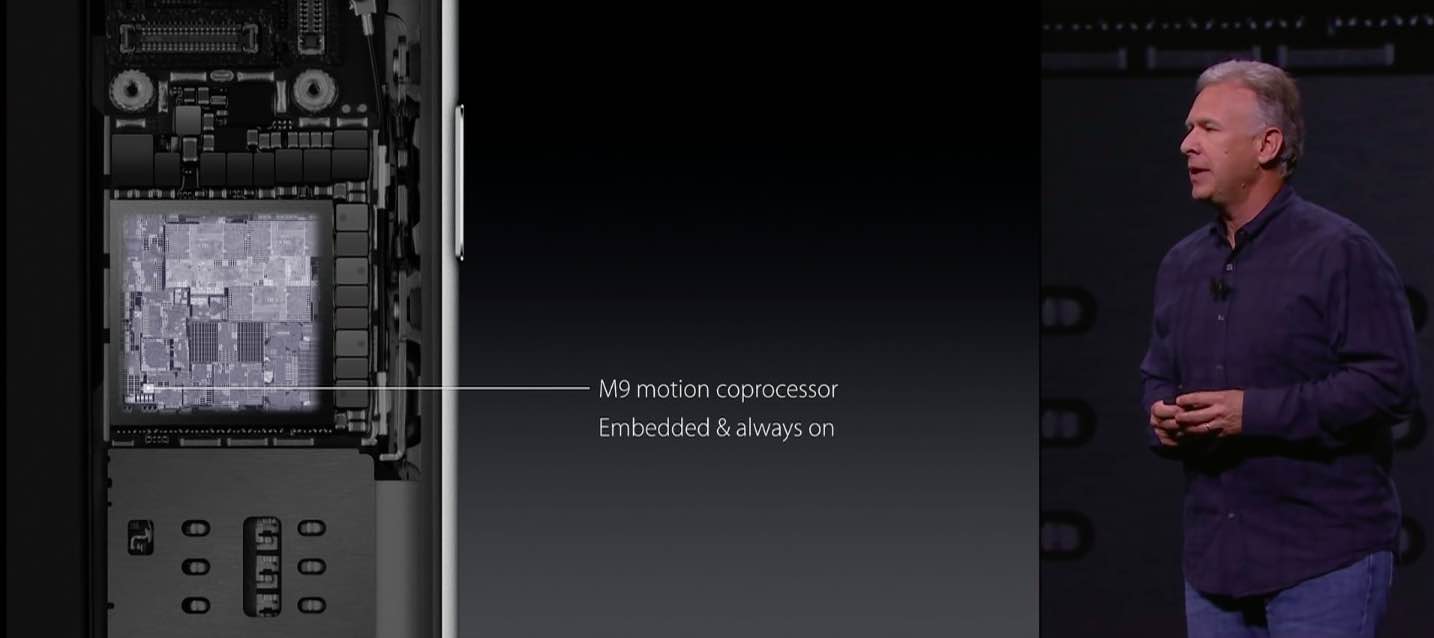iOS 10 makes waking your iPhone from sleep as easy as raising it in your hand. Aptly named Raise to Wake, this useful feature automatically wakes the screen as you raise the device so that you can instantly see all your notifications at a glance. It may sound like it’s no big deal, but it is. However, Raise to Wake requires iOS to constantly capture and interpret data from the iPhone’s many sensors to determine how you’re holding the phone in your hand.
In order to realize this feature in a power-frinedly manner, it reads data from the sensors using an Apple-designed motion coprocessor, which also happens to be required for tetherless ‘Hey Siri’ functionality. So, does your iPhone support Raise to Wake on iOS 10 or not?
Update: Apple has released iOS 10 and Raise to Wake is now available to all supported devices. We have also published a tutorial on how to disable Raise to Wake.
Raise to Wake system requirements
The name of that chip is the M9 and, unlike previous motion coprocessors that were separate chips, it’s embedded right into the main Apple-designed application processor.
The devices that have an embedded M9 chip required for Raise to Wake are:
- iPhone 6s
- iPhone 6s Plus
- iPhone SE
We’re expecting that support to extend to the iPhone 7 smartphones when they launch alongside iOS 10 this fall.
Why M9?
Apple could have lowered system requirements for Raise to Wake, but has obviously decided against doing so as that would’ve resulted in a significantly increased power consumption because previous-generation motion coprocessors were not optimized for continual monitoring of the iPhone’s sensors in a power-efficient manner.
If you’re in the luck and your device is supported, you’re definitely going to love Raise to Wake. It’s one of those features that sounds trivial on paper but becomes indispensable the moment you start using it.
Before iOS 10, waking your iPhone from sleep required you to press either the Sleep/Wake button—which was impractical due to the button’s position on the iPhone’s right side—or the Home button, which on newer iOS devices instantly takes you to the Home screen because Touch ID is just too damn fast.
iOS 10 availability
iOS 10 is available to members of the Apple Developer Program and will launch to public beta testers signed on the Apple Beta Software Program in July ahead of public availability this fall.
System requirements for iOS 10 are the same as those for its predecessor, but the iPhone 4s, the original iPad mini and iPad 2 are no longer supported.
Have you tried Wake to Raise yet?
Have you installed iOS 10 and tried out Wake to Raise?
If so, how do you like this feature and will you be using it on a regular basis. Chime in with your thoughts down in the comments.
